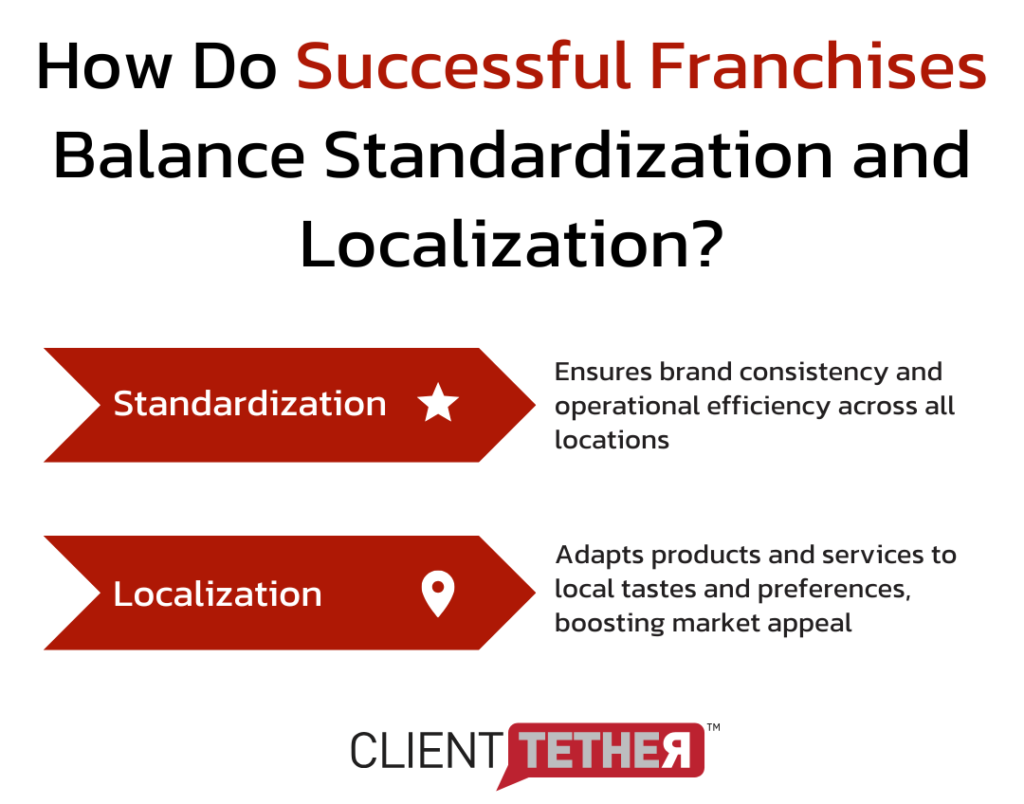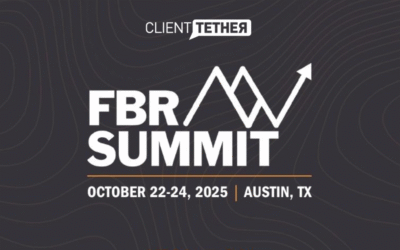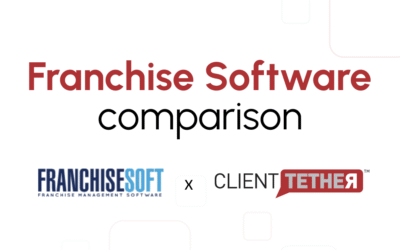Before I joined the executive team of an emerging franchise brand, I sat across the table from a franchise candidate overwhelmed by his first FDD. His face said it all: curiosity, hesitation, and a dozen unanswered questions.
That moment stuck with me. He correctly saw the Franchise Disclosure Document as the foundation of the franchise relationship.
Whether you’re managing a multi-unit system or evaluating a portfolio acquisition, understanding how to read and interpret the Franchise Disclosure Document is a must.
This guide outlines its most critical sections with a focus on operations, compliance, and scalable growth.
What Is a Franchise Disclosure Document?
Definition and Purpose
The Franchise Disclosure Document outlines 23 mandatory disclosures that every franchisor must provide to prospective franchisees before entering into any agreement.
The Federal Trade Commission (FTC) requires franchisors to provide the FDD to potential franchisees. That means the Franchise Disclosure Document is every franchisor’s first opportunity to define expectations, convey operational structure, and demonstrate transparency.
For franchisors managing multiple units or overseeing a portfolio of brands, the Franchise Disclosure Document reflects both the maturity of the system and the integrity of its leadership.
Take Rolling Suds, for example, a power-washing franchise that scaled to nearly 200 locations in under two years. Their ability to automate lead follow-up, unify communication, and streamline onboarding gave them the infrastructure to match their growth strategy.
Key Components
The FDD includes 23 detailed sections that give prospective franchisees a clear view of your system’s structure, history, and financial footprint.
From executive leadership experience to total startup costs and recurring fees, each item serves a specific purpose in establishing trust and setting expectations.
We’ve already written about tech fees in the Franchise Disclosure Document, if you want to better understand how technology costs tie directly to performance.
Importance for Franchisors
For franchisors, the FDD serves as a protective measure against potential legal issues. Providing comprehensive and accurate information demonstrates transparency and commitment to compliance with federal regulations.
Value for Franchisees
Franchisees find the FDD an invaluable tool for due diligence. It allows them to:
- Assess the risks and rewards of the franchise opportunity
- Compare different franchises
- Make an informed decision about their investment
For instance, reviewing the litigation history in Item 3 allows franchisees to evaluate the franchisor’s legal track record and identify potential red flags.
The Franchise Disclosure Document does more than support early due diligence. It defines the operational and legal framework that will govern the franchise relationship from day one.
In the sections that follow, we’ll break down the items that matter most for growth-focused franchisors and show how to evaluate them with a strategic lens.
What’s Inside the FDD?
Franchisor’s Background
It begins with a comprehensive look at the franchisor’s history and experience. This section unveils the company’s track record, including its time in business and franchising experience.
A franchisor with 20 years of successful operations and 100+ franchises might present a lower risk than a newcomer with only two years and five locations.

Financial Commitment
The FDD breaks down initial fees and estimated investments. This section outlines everything from franchise fees (which can range from $10,000 to $50,000 or more) to startup costs like equipment, inventory, and real estate.
The total investment could easily exceed $250,000 for some franchises.
Operational Guidelines
The FDD details restrictions on product sourcing and services. This information affects your day-to-day operations and profitability. Some franchisors require you to purchase supplies exclusively from them or approved vendors, which can impact your bottom line.
A pizza franchise might mandate that you buy cheese from a specific supplier at a set price, potentially limiting your ability to find better deals.
Territory and Obligations
Information about your territory rights and obligations as a franchisee appears in this section. Some franchisors offer protected territories, ensuring no other franchise of the same brand can open within a certain radius. Others may reserve the right to open competing locations nearby, which could affect your business.
Financial Performance
One of the most anticipated sections is the financial performance representations. For franchisors that do make financial performance representations to prospective franchisees, they must have a reasonable basis and written substantiation for their claims.
Exit Strategy
The termination and transfer rights section outlines how you can exit the franchise if needed and under what conditions the franchisor can terminate your agreement. Common termination clauses may include failure to comply with contractual obligations, financial non-compliance, breach of contract, or other specified reasons.
To properly evaluate a franchise opportunity, you need to know where to focus and how to interpret potential red flags.
The following section outlines how to assess the most critical items with clarity, helping you move forward with confidence and avoid costly surprises.
Analyzing the FDD Effectively
Spotting Red Flags
When you examine a Franchise Disclosure Document, focus on the litigation history. A high number of lawsuits (especially those filed by franchisees) could indicate systemic issues within the franchise system. More than 5-10 lawsuits in the past year for a mid-sized franchise raises concerns.
Financial stability is another critical factor. Item 21 contains the franchisor’s financial statements. If the company’s liabilities significantly outweigh its assets or if there’s a trend of declining revenues, exercise caution.
Comparing Franchise Opportunities
To evaluate multiple franchise opportunities, compare key metrics side-by-side. Focus on initial investment costs, ongoing fees, and territory rights.
For instance, starting a franchise could require an investment from $5,000 to over $1 million, including other franchise fees like marketing fees, monthly fees, and more.
Pay special attention to Item 19, which covers financial performance representations. Not all franchisors include this information, but those who do provide valuable insights into potential earnings. For franchisees, a detailed Item 19 can significantly reduce the guesswork involved in assessing a franchise’s potential financial viability.
Seeking Expert Guidance
While it’s possible to review an FDD on your own, a franchise attorney can help interpret complex legal language and identify potential issues in the franchise agreement. The investment can save you from costly mistakes down the line.
An accountant with franchise experience can help you analyze the financial aspects of the FDD. They can create financial projections based on the information provided, helping you understand if the franchise aligns with your financial goals. Expect to pay around $150 to $250 per hour for their services.

The FDD is a critical resource, but it should never be your only one. Pair what you learn from it with competitive market research, real conversations with franchisees, and a realistic financial review.
Legal and financial professionals can help you navigate the fine print. Once you’re ready to operate, tools like a Franchise CRM can support lead engagement, onboarding, and performance tracking at scale.
Closing Perspective on the FDD
The Franchise Disclosure Document gives you a legal and operational snapshot, but your success depends on how well you execute after the ink dries. Franchise growth doesn’t come from documents alone.
That includes how quickly you engage leads, how consistently you onboard, and how clearly you track performance across your system.
This is where operational discipline turns into a competitive advantage.
ClientTether was built for this. It equips franchise teams with the structure, speed, and visibility they need to scale without losing control.
Let’s talk about what it takes to operate at that level.




